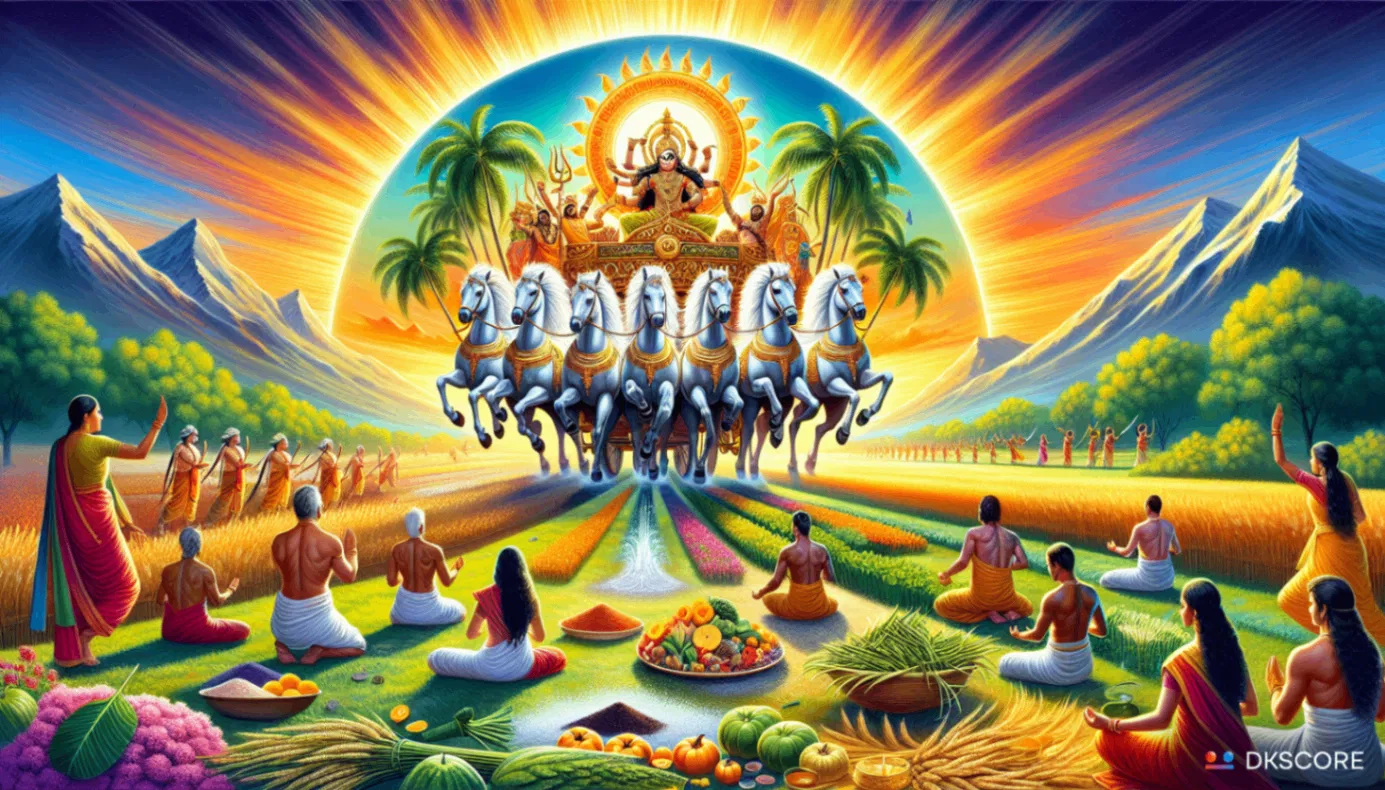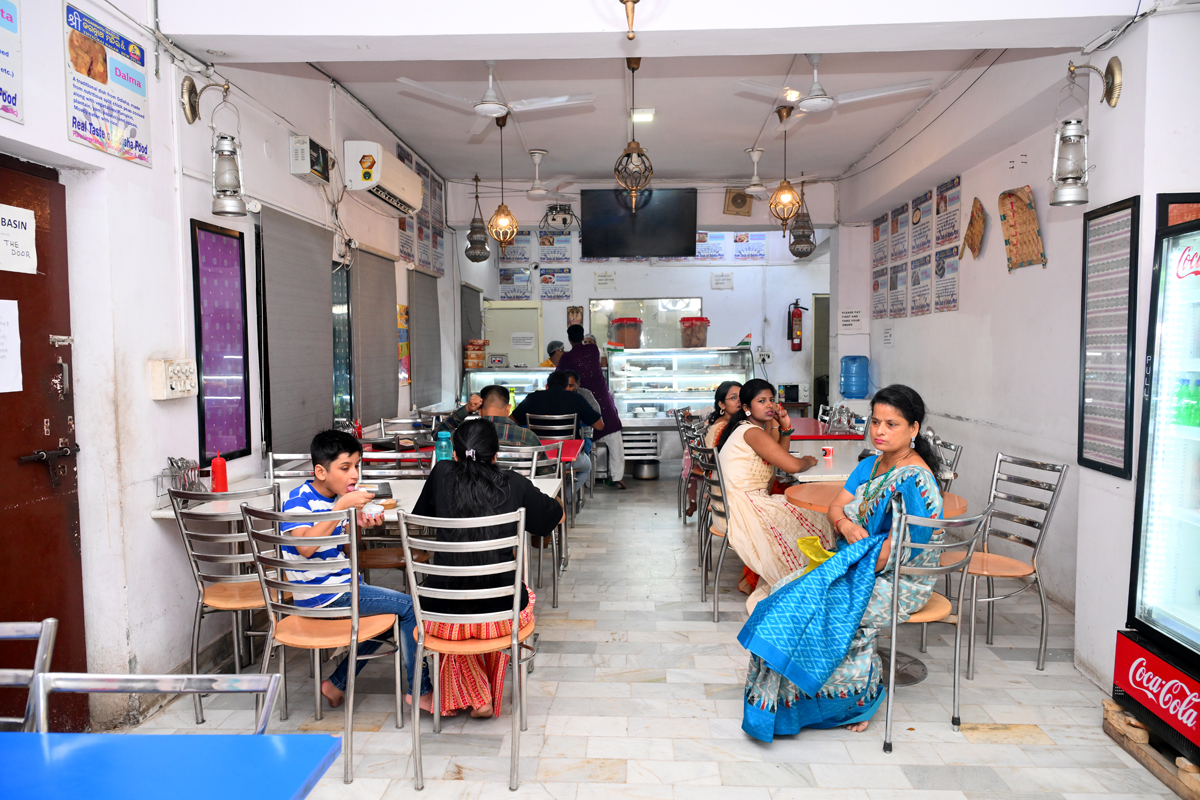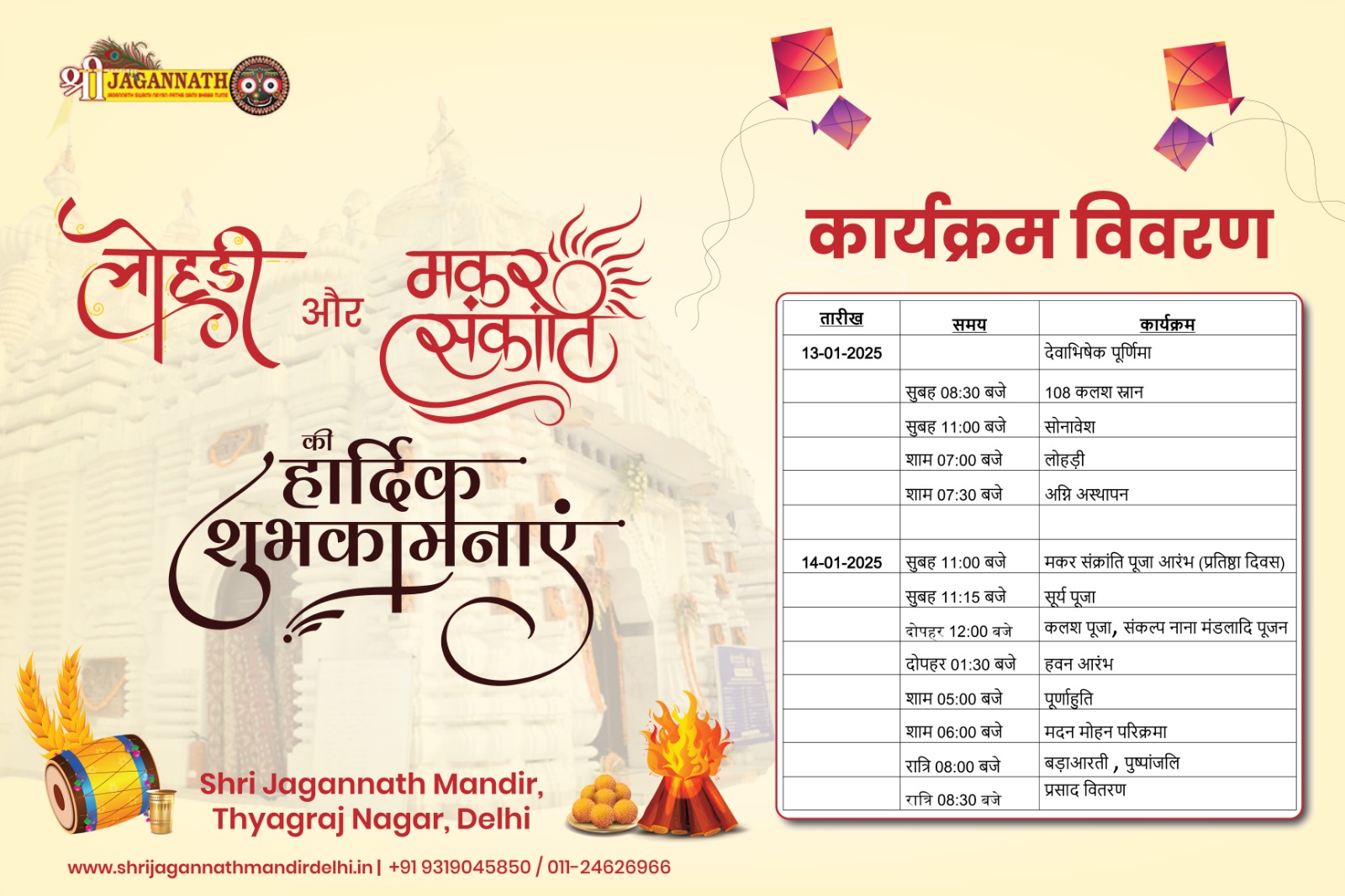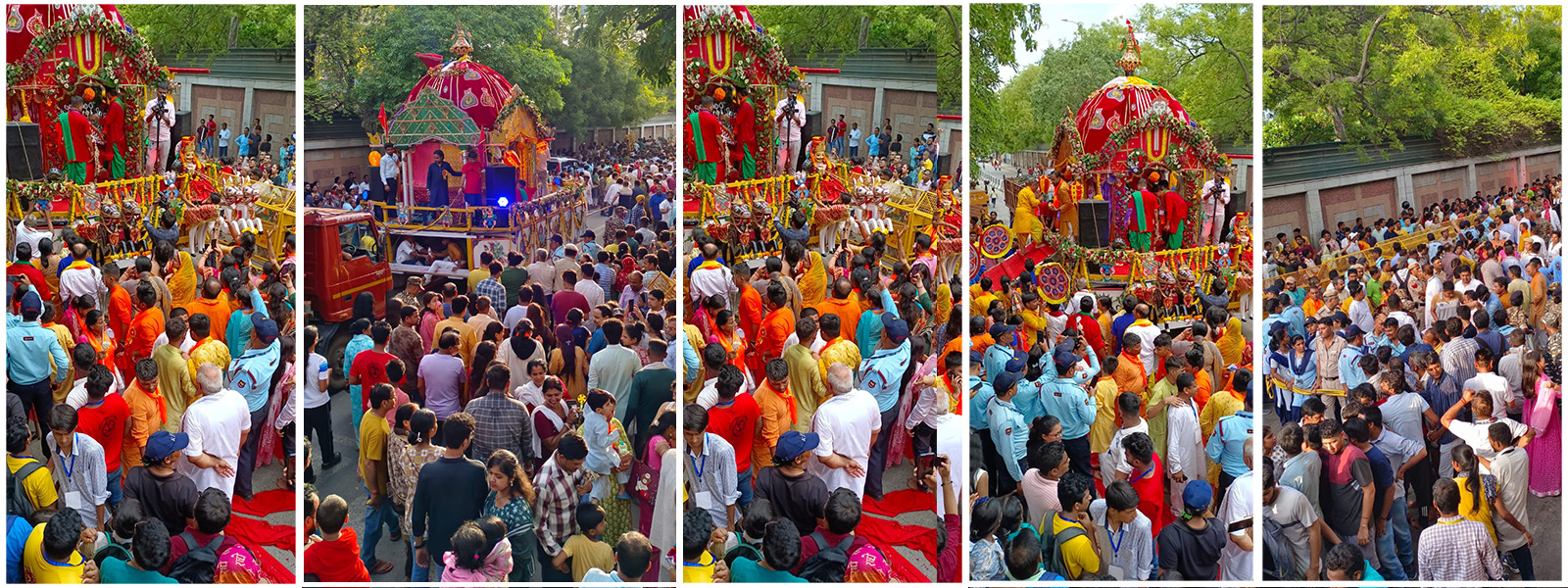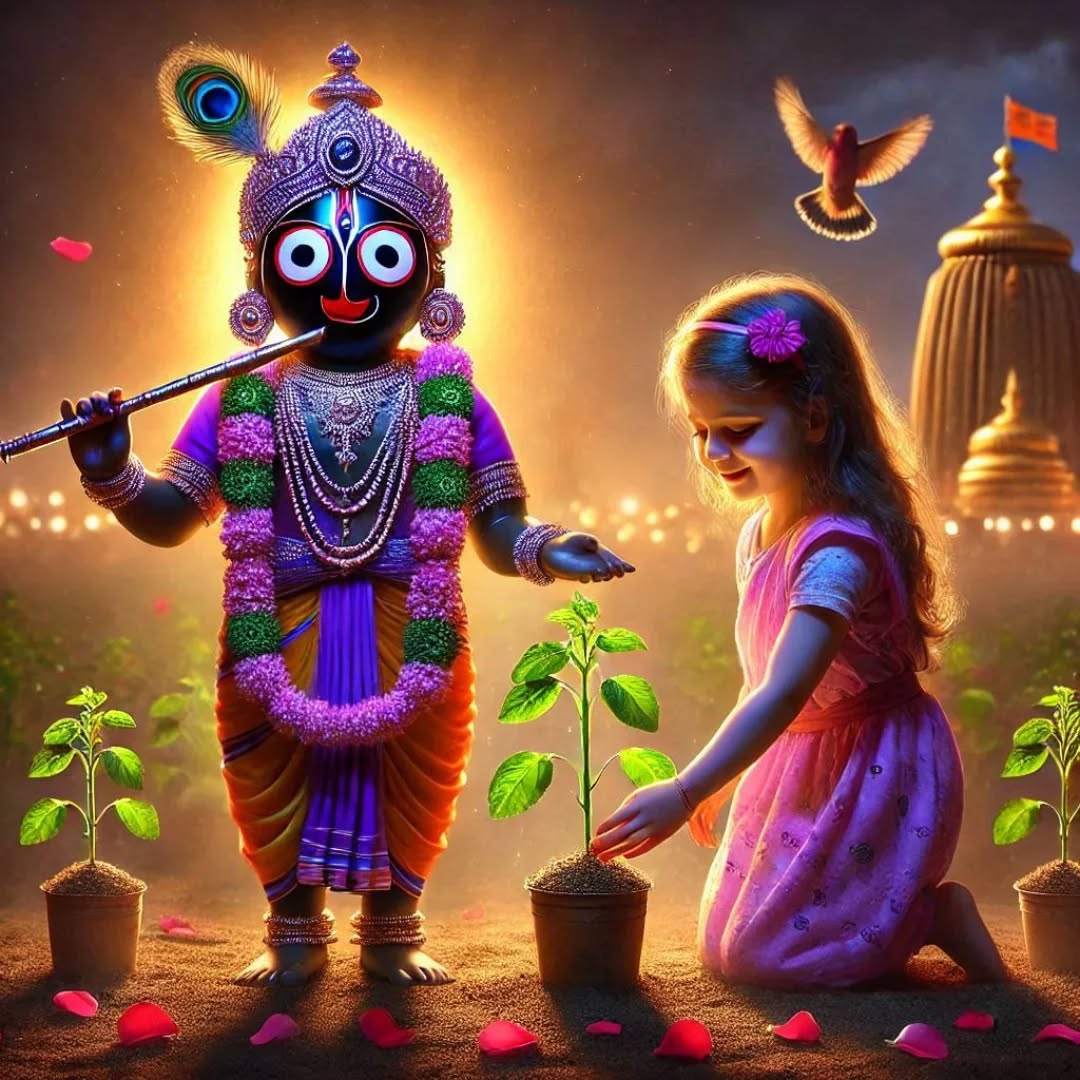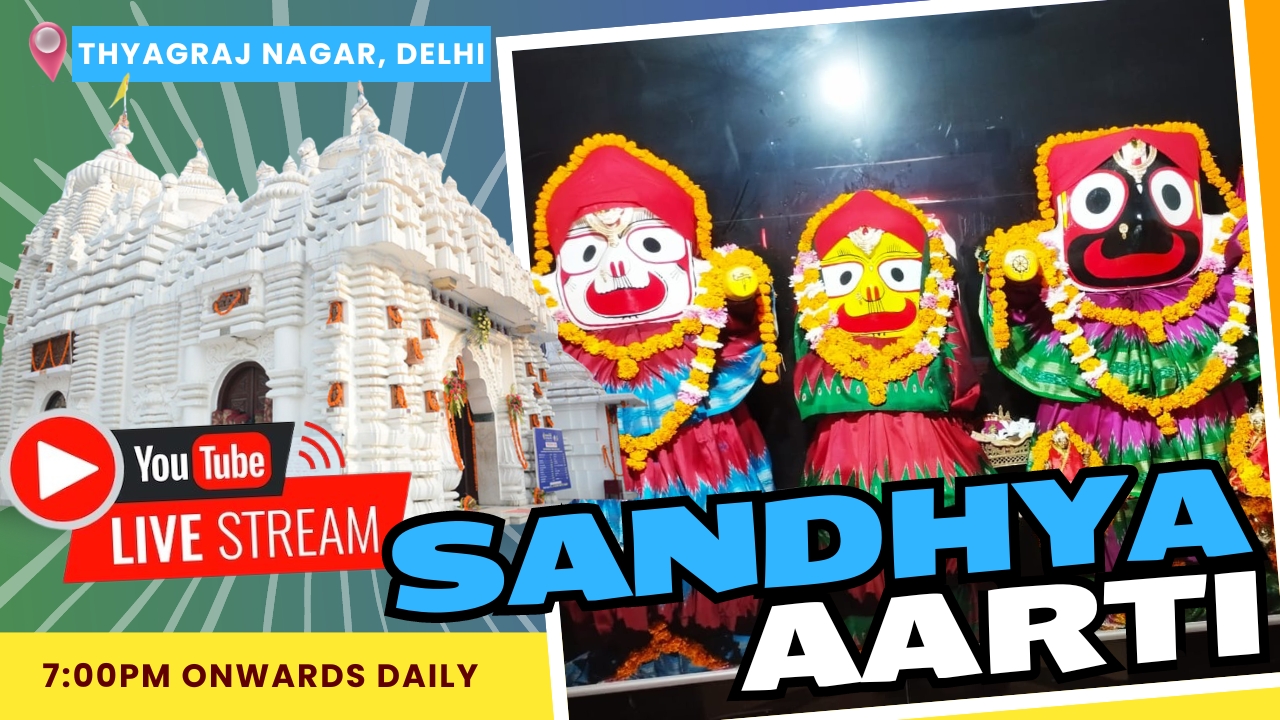Starts in
February 12, 2025 12:00 am
Celebrations of Magha Purnima, Agniutsab, and Kumbha Sankranti at Shri Jagannath Mandir, Thyagraj Nagar, Delhi
Shri Jagannath Mandir in Thyagraj Nagar, Delhi, is a hub of spiritual and cultural activities throughout the year. Among the many auspicious events celebrated, Magha Purnima, Agniutsab, and Kumbha Sankranti hold a special place in the hearts of devotees. These festivals are marked by unique rituals, deep devotion, and vibrant festivities.
Magha Purnima
Significance: Magha Purnima, the full moon day in the month of Magha (January-February), is considered highly auspicious in Hinduism. It marks the end of the Magha month and is associated with the worship of Lord Vishnu and Goddess Lakshmi. Bathing in sacred rivers on this day is believed to cleanse sins and bring prosperity.
Celebrations and Rituals: At Shri Jagannath Mandir, the day begins with an early morning Mangala Aarti, followed by a special abhisheka (ritual bathing) of the deities with holy water, milk, honey, and other sacred substances. The temple is adorned with beautiful flowers, lights, and rangoli designs.
Devotees gather in large numbers to offer prayers and seek blessings. A significant ritual involves taking a holy dip in the nearby sacred water body, if available, or symbolically performing the ritual with water from the temple. This is followed by the chanting of hymns and Vedic mantras.
Agniutsab
Significance: Agniutsab, or the Festival of Fire, celebrates the transformative and purifying power of fire (Agni). It is a day to honor Agni, the fire god, and is often associated with rituals aimed at purification and renewal.
Celebrations and Rituals: At Shri Jagannath Mandir, Agniutsab is celebrated with great enthusiasm. The temple priests conduct a special homa (fire ritual), where ghee, herbs, and other offerings are poured into the sacred fire while chanting mantras. This ritual is believed to purify the environment and the souls of the devotees.
Devotees participate in the fire rituals, offering their prayers and seeking blessings for health, prosperity, and protection from negative influences. The ritual symbolizes the burning away of impurities and the renewal of spiritual energy.
Kumbha Sankranti
Significance: Kumbha Sankranti marks the transition of the sun into the zodiac sign of Aquarius (Kumbha). It is one of the key dates in the Hindu solar calendar and is considered an auspicious time for spiritual practices, charity, and bathing in holy rivers.
Celebrations and Rituals: At Shri Jagannath Mandir, Kumbha Sankranti is celebrated with fervor. The day begins with a special puja dedicated to Lord Surya (the Sun God), acknowledging the sun’s vital role in sustaining life and guiding spiritual growth.
Devotees gather to perform rituals and offer prayers, seeking the sun’s blessings for prosperity, health, and spiritual enlightenment. Many observe fasts and perform acts of charity, such as donating food, clothes, and money to the needy.
A significant ritual involves taking a ceremonial bath, symbolizing the purification of body and soul. The temple organizes community events where devotees come together to share meals and participate in satsangs (spiritual discourses) and bhajans.
Conclusion
The celebrations of Magha Purnima, Agniutsab, and Kumbha Sankranti at Shri Jagannath Mandir in Thyagraj Nagar, Delhi, are a blend of deep-rooted traditions, vibrant cultural expressions, and collective devotion. These festivals not only honor the divine but also reinforce the values of purity, renewal, and spiritual growth. Devotees come together in a spirit of reverence and community, creating a spiritually enriching and joyous atmosphere.



